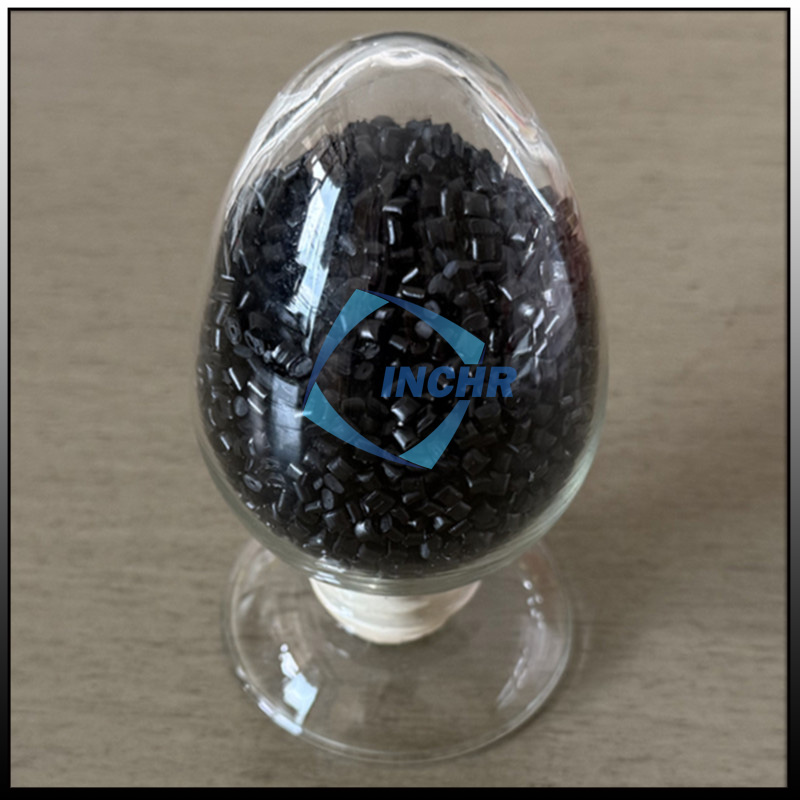Carbon fiber reinforced plastic (CFRP) has revolutionized aerospace engineering, offering an exceptional strength-to-weight ratio, corrosion resistance, and design flexibility. As the aerospace industry increasingly adopts CFRP for components like fuselages, wings, and interior structures, selecting the right material becomes critical. Here are the key criteria for choosing CFRP in aerospace applications.
1. Weight Reduction and Strength
Carbon Fiber Reinforced Plastic composites are up to 40% lighter than aluminum and 60% lighter than steel while providing superior tensile strength and stiffness. Engineers must evaluate specific mechanical properties, such as tensile modulus and compressive strength, to ensure compliance with structural requirements.Learn about CFRP testing standards via NASA’s Composite Research.
2. Thermal and Chemical Stability
Aerospace components face extreme temperatures and exposure to fuels, hydraulic fluids, and deicing chemicals. CFRP must exhibit high thermal stability (e.g., resistance to temperatures exceeding 150°C) and chemical inertness. Thermoset matrices like epoxy are common, but thermoplastic-based CFRPs are gaining traction for higher heat resistance and recyclability.

3. Fatigue Resistance and Durability
Aircraft components endure cyclic stresses during takeoff, flight, and landing. CFRP’s excellent fatigue resistance outperforms metals, reducing crack propagation and extending service life. Material selection should include fatigue testing data specific to aerospace load profiles.
4. Fire Resistance and Safety Compliance
Safety regulations (e.g., FAA and EASA standards) mandate strict fire, smoke, and toxicity (FST) properties. CFRP must incorporate fire-retardant additives or matrix systems to meet these requirements, especially for interior components like cabin panels and seating.
5. Manufacturing and Cost Efficiency
While CFRP offers long-term benefits, upfront costs and manufacturing complexity are considerations. Processes like autoclave curing, resin transfer molding (RTM), and automated fiber placement (AFP) impact production scalability. Balancing performance with cost is essential for large-scale applications.
6. Sustainability and Recyclability
With growing emphasis on environmental responsibility, recyclable CFRP variants (e.g., thermoplastic composites) are emerging. Lifecycle assessments evaluating carbon footprint and end-of-life recyclability are becoming part of material selection criteria.
Conclusion
As technology advances, innovations in nanocomposites and hybrid materials will further expand CFRP’s role in aerospace engineering.For more insights on aerospace materials, read our guide on Advanced Composites in Aircraft Design.




